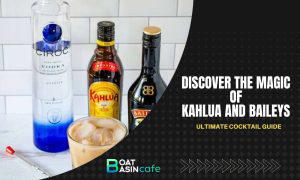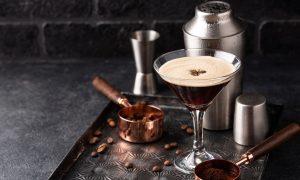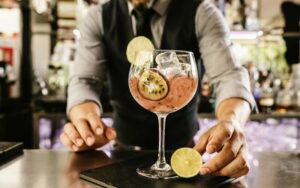
Discover the Magic of Kahlua and Baileys: Ultimate Cocktail Guide
Welcome, fellow cocktail enthusiasts and bar mavens! Picture yourself lounging on a plush velvet armchair, soaking in a serene vista, a velvety smooth drink nestled

Welcome, fellow cocktail enthusiasts and bar mavens! Picture yourself lounging on a plush velvet armchair, soaking in a serene vista, a velvety smooth drink nestled

Calling all coffee lovers and cocktail connoisseurs! Uncover the secrets behind the delectable, velvety three beans espresso martini, and take your mixology skills to new

Who doesn’t love a good cocktail? The name conjures the image of a colorful drink with an array of flavors and concoctions, a dimly lit